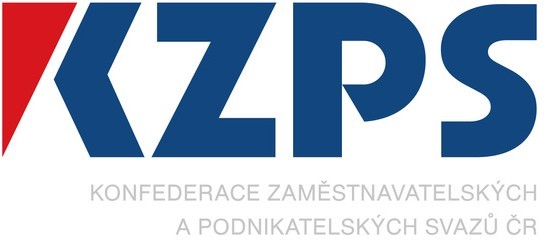Czech Business Today
Pre-Commercial Procurement: Cost-Effective Innovations
Pre-commercial procurement (PCP) is an instrument that can bring innovative solutions to the market and secure its deployment while saving a significant amount of public money. Introduced by the EU as a pilot initiative under the 7th Framework Programme, Pre-commercial procurement will cover all the areas of research and innovation under the Horizon 2020 programme.
Despite its efficiency and capacity to deploy innovative products to the market, PCP is underutilised in the EU because of fragmentation of demand, lack of awareness and uncertainty of procurers. The EU desperately needs to increase investment in research and development in order to remain competitive vis-à-vis the rest of the world. The EU spends 20 times less on R&D procurements than the US. According to Lieve Bos from the European Commission, one of the main barriers to broader use of PCP is “fragmentation of the demand and lack of awareness of how to optimise risk-benefit balance for procurer and supplier”. Combining PCP and Public Procurement of Innovative Solutions (PPI), which practically ensures that the newly developed end product will find its customers can minimize the risk. In this matter, PCP ensures a win-win situation for stakeholders by deploying better, high-quality products with lower costs.
Nevertheless, PCP projects are currently running only in nine out of 27 EU countries, namely the UK and Nordic countries. Many EU member states are still going through the phase of raising awareness. During the pilot project, Technology Agency of the Czech Republic who wishes to approach PCP unfortunately found out that Czech legislation does not allow to use PCP instrument. The problem lies in so-called ‘Act on the support of research and development from public funds’ and it seems there is no political will to change it.
These are the conclusions of the debate organised in Brussels at the end of November by CEBRE – Czech Business Representation to the EU together with CZELO – Czech Liaison Office for Research and Development and Czech Permanent Representation to the EU.





